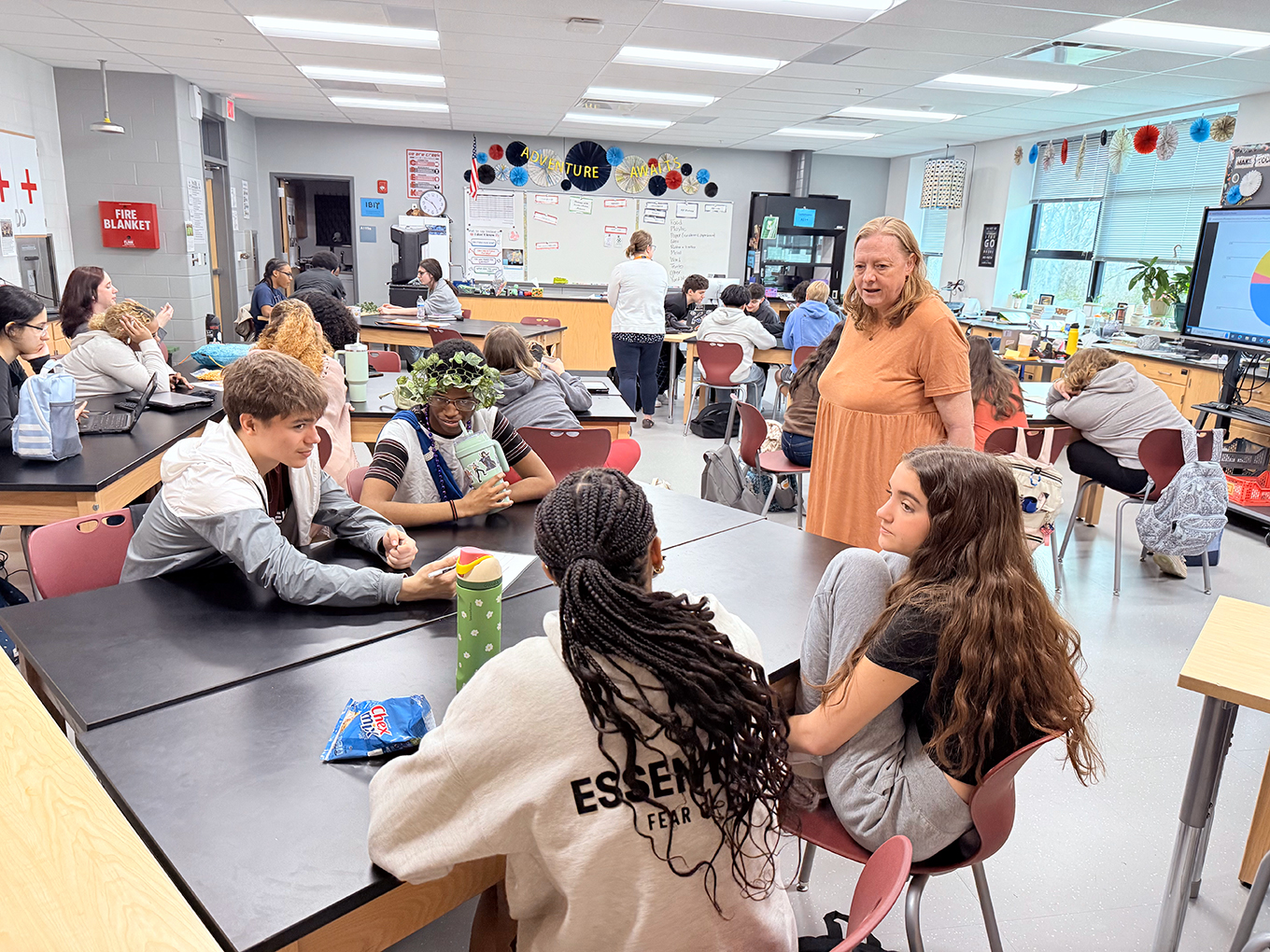By Sarah Yost, NBCT
sarah.yost@jefferson.kyschools.us
When A Nation at Risk was published in 1983, the American education system seemed to be shaken awake from the dreamy optimism of the 1970s to face the hard fact that public schools were not meeting all the needs of their students. Suddenly the era of open classrooms and holistic learning seemed frivolous and foolish, and we looked to cold, hard data and standards for answers.
Only standardized testing could provide the objective data necessary to police schools and ensure no children were left behind. Such were the aspirations of the No Child Left Behind Act of 2001, which some claim marked the beginning of the high-stakes testing movement in American public education.
Unfortunately, the data have shown that many children are still being left behind. When the era of high-stakes testing overtook the American public education system, many teachers felt the joy teaching once brought them was lost. Distrust, negativity, competition and “teaching-to-the-test” have destroyed our collective public school culture, many claimed. Some educators have even resorted to cheating to keep from losing face or their jobs, with the Atlanta Public Schools scandal most recently of note. Twelve educators and administrators have been indicted.
Some teachers complain about testing fatigue, both for their students and themselves, and cite these sorts of negative examples as reasons why we should do away with testing altogether and return to the utopian days when each teacher taught his or her own beloved curriculum without any pressure or scrutiny. But is it really right to abandon data just because we don’t like what they show us?
The usefulness (or harm) of data are completely dependent on how they are used. If student assessments are simply used to classify students into fixed ability tracks, this use of data could be quite detrimental to a student’s growth and achievement. Those data, which could have been used to identify gaps and intervene, are consequently wasted.
If, however, schools use all testing data as formative assessment, then students and teachers have an opportunity to improve. When teachers are trained in data analysis, they become better skilled at mining data for authentic and useful information that can, in fact, improve their instruction and help them delineate student needs and misunderstandings. In this way, educators can move beyond the cold, hard facts – bleak as they may be – into opportunities for growth, improvement and real learning.
The same can be said for school report cards and teacher evaluation. If schools are simply identified as “failing,” as they are in some states, little is done to improve the education of students who remain there. If, however, school assessment data are analyzed and used to identify specific problems, schools stand a chance of improving.
Likewise, as teachers analyze the growth of their own students in relation to other students across the state, the usefulness of the data will be dependent on how they are used. If teachers are merely categorized as “good” or “bad,” their growth will be stymied. If, however, we teachers take the opportunity the Professional Growth and Effectiveness System (PGES) presents us, we can all grow and develop using data to determine where our needs lie and how we can grow.
Sarah Yost serves in a hybrid role at Westport Middle School in Louisville, where she teaches 7th- and 8th-grade reading intervention and is a master teacher for English language arts. She is a Hope Street Group Teacher Fellow.





Leave A Comment